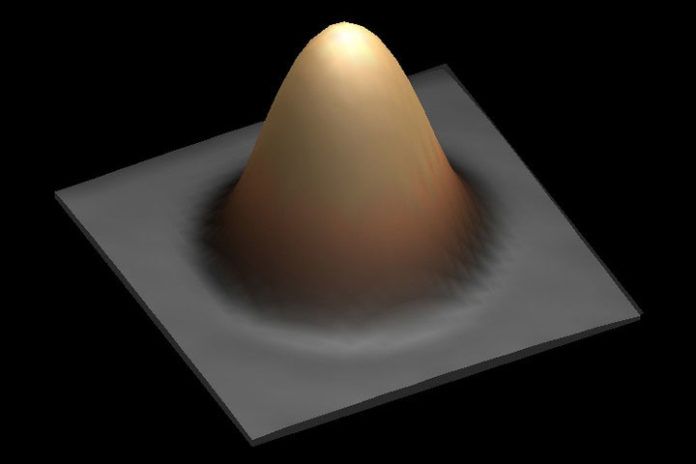Few days ago, IBM researchers have developed World’s First Commercial ‘Universal’ Quantum Computing Service with the aim to expand the application domain of quantum computing. It involves a key metric that powers the quantum computer expressed by quantum volume. This could be the major technology that has the potential to drive a new era of innovation across industries. Once again, IBM researchers came up with the world’s smallest magnet. As scientists noted, this world’s smallest magnet is created to increase the data storage.
This is not the real challenge, they even packed it with one bit of digital data for good measure.
From since hard drives were discovered, scientists consistently working hard to figure out the ways to make them smaller. At the same time, they are developing ways to make them denser so that they can hold more information. It takes approximately 100,000 atoms to hold a single bit of information.
Scientists said, “If any technique will commercialize our single-atom approach, it would allow for holding something as massive as Apple’s iTunes library of songs on something as small as a credit card.”
But, instead of using this 100,000 approach, scientists used a single atom to create this world’s smallest magnet. They used a scanning tunneling microscope to manipulate holmium atoms placed on a magnesium oxide plate. This makes magnetic poles consistent. When scientists applied an electric current on the microscope’s probe, it changes magnetic orientation of the atom between two states. By measuring how much current is passing through the atom, scientists could read the state.
Scientists noted, “This could represent on/off states for a single bit of data. Even, the state of several atoms if read or written when the atoms were as close as a single nano meter apart.”
Recently, IBM also announced that they have developed a new technique to properly measure magnetic field. This technique could measure the magnetic field of individual atoms that offers 1000 times the energy resolution of conventional techniques.
According to scientists, this technique lead to a better understanding of material that consists weak magnetic interactions.
